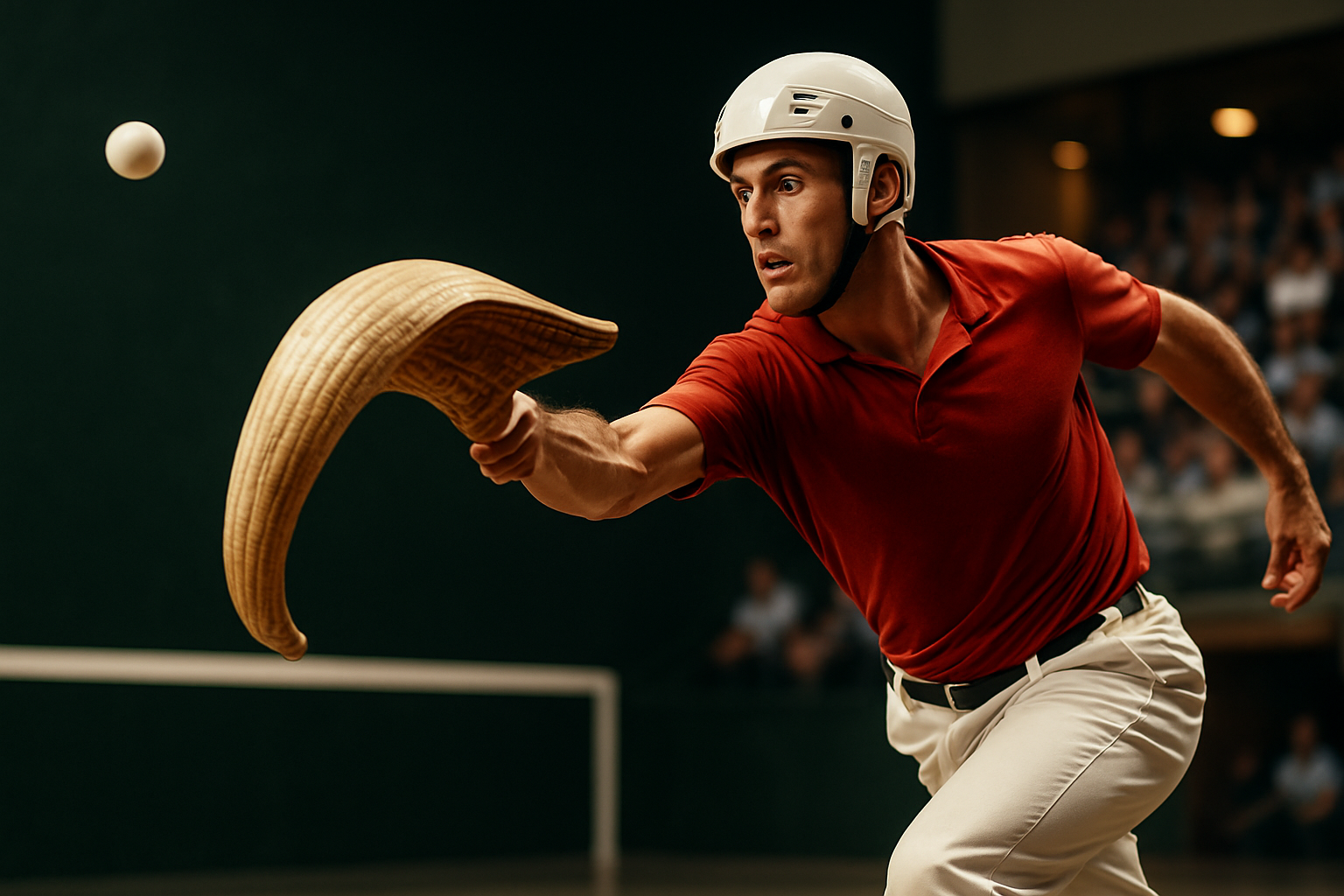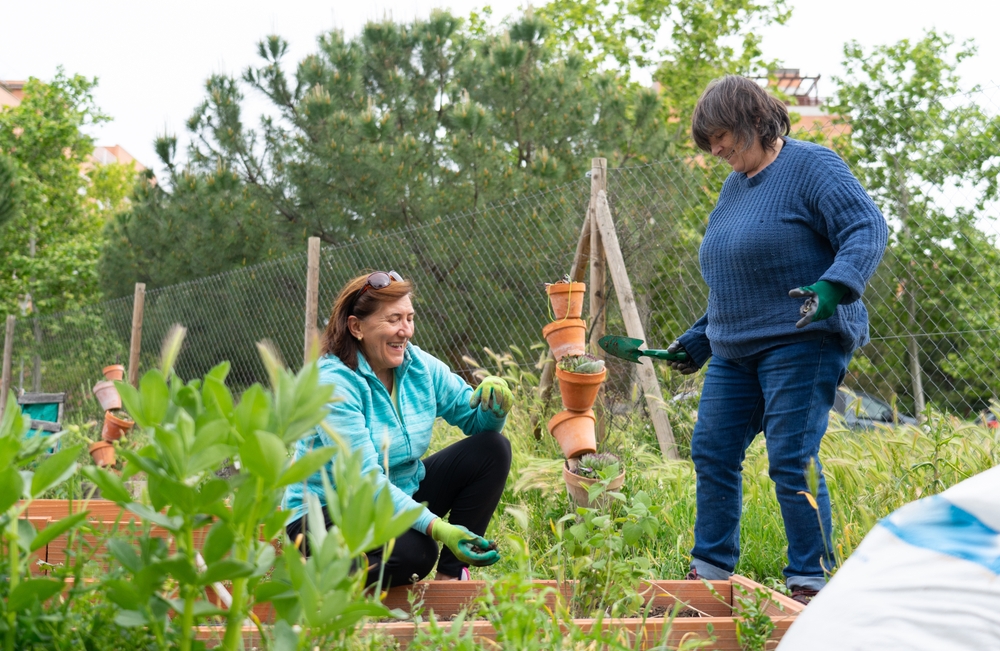The Untold Story of Basque Pelota: From Village Courts to Global Stage
Nestled in the heart of the Pyrenees, an ancient sport thrives, captivating locals and visitors alike. Basque pelota, a dynamic amalgamation of hand, racquet, and wall-based games, has been a cornerstone of Basque culture for centuries. This article delves into the rich tapestry of pelota, exploring its origins, evolution, and current status as a testament to the enduring spirit of a unique sporting tradition.

The Roots of Basque Pelota
Basque pelota’s origins are shrouded in mystery, with some historians tracing its roots back to ancient Greek and Roman ball games. However, the sport as we know it today began to take shape in the Basque Country during the Middle Ages. Villages would host friendly competitions, using the walls of churches or town squares as playing surfaces. These impromptu matches laid the foundation for what would become a highly structured and diverse sporting discipline.
The name “pelota” itself comes from the Latin word for ball, “pila,” highlighting the sport’s ancient lineage. As the game evolved, different variations emerged, each with its own unique rules and equipment. From the bare-handed “pelota mano” to the curved wicker basket of “cesta punta,” the sport diversified to reflect the preferences and traditions of different Basque regions.
The Evolution of Equipment and Technique
One of the most fascinating aspects of Basque pelota is the evolution of its equipment. In its earliest form, players used their bare hands to strike a ball made of wool wrapped in leather. As the sport gained popularity and intensity, players began to seek ways to protect their hands and increase the power of their shots. This led to the development of various tools and adaptations.
The “xistera,” a curved wicker basket used in cesta punta, is perhaps the most iconic piece of pelota equipment. Developed in the mid-19th century, it allows players to catch and throw the ball at incredible speeds, sometimes exceeding 300 km/h. The “pala,” a wooden bat used in several pelota variants, evolved from simple planks to carefully crafted instruments designed for power and precision.
As equipment evolved, so did playing techniques. Players developed specialized movements to maximize the effectiveness of each tool. In cesta punta, for example, players perfected the art of using the curved basket to impart spin on the ball, making it difficult for opponents to return. In hand pelota, players learned to strike the ball with different parts of their hand to vary speed and direction.
The Frontón: A Canvas for Athletic Artistry
Central to Basque pelota is the frontón, the playing court that serves as both battleground and canvas for the sport’s athletic artistry. Traditional frontóns were often simple affairs – a single wall in a village square or against the side of a church. As the sport formalized, purpose-built courts became more common, with standardized dimensions and materials.
The three-walled frontón, used in many professional matches today, creates a unique playing environment. The front wall, left wall, and floor are in play, while the right side remains open. This asymmetry adds an extra layer of strategy to the game, as players must constantly adjust their positioning and shot selection based on their location on the court.
The construction of frontóns has also evolved over time. While traditional courts were made of stone, modern facilities often use synthetic materials that provide consistent bounce and durability. However, many purists still prefer the unpredictable nature of stone courts, arguing that they add an element of chance that tests a player’s adaptability.
From Village Squares to International Arenas
Basque pelota’s journey from local pastime to international sport is a testament to its enduring appeal. In the late 19th and early 20th centuries, Basque immigrants brought the sport with them to the Americas, leading to its spread across countries like Argentina, Cuba, and the United States. This diaspora helped to internationalize the sport, leading to the formation of the International Federation of Basque Pelota in 1929.
Today, Basque pelota is played competitively in over 30 countries, with regular international tournaments and championships. The sport made appearances as a demonstration event in several Olympic Games, most recently in Barcelona 1992, though it has yet to gain full Olympic status.
Despite its international growth, the heart of Basque pelota remains in its homeland. The annual championships in the Basque Country draw large crowds and intense media coverage. Stars of the sport, known as pelotaris, are celebrated figures in Basque culture, their skill and dedication inspiring new generations of players.
Challenges and Opportunities in the Modern Era
Like many traditional sports, Basque pelota faces challenges in the modern era. The rise of globally popular sports and changing leisure habits have put pressure on participation rates, particularly among younger generations. Additionally, the sport’s complexity – with its numerous variations and specialized equipment – can make it daunting for newcomers.
However, these challenges also present opportunities. Efforts are underway to simplify and standardize certain aspects of the sport to make it more accessible to a global audience. Youth programs in the Basque Country and beyond are working to introduce children to pelota at an early age, ensuring the continuation of this rich tradition.
Technology is also playing a role in the sport’s evolution. High-speed cameras and data analysis are being used to study and improve player performance, while online streaming platforms are bringing Basque pelota to a wider audience than ever before. These innovations are helping to bridge the gap between tradition and modernity, ensuring that pelota remains relevant in the 21st century.
The Cultural Significance of Basque Pelota
Beyond its sporting aspects, Basque pelota holds immense cultural significance. It serves as a living link to Basque heritage, embodying values of skill, strength, and fair play that are central to Basque identity. The sport has inspired art, literature, and music, becoming a symbol of Basque culture recognized around the world.
Pelota courts, or frontóns, often serve as community gathering places, hosting not just matches but also festivals, concerts, and other cultural events. This multifaceted role underscores the sport’s importance as a social and cultural institution, not just an athletic pursuit.
The language of pelota also reflects its deep cultural roots. Many terms used in the sport come from the Basque language, Euskara, one of the oldest living languages in Europe. This linguistic connection helps to preserve and promote Euskara, adding another layer to pelota’s cultural significance.
The Future of Basque Pelota
As Basque pelota moves into the future, it faces the challenge of balancing tradition with innovation. Efforts to modernize the sport must be carefully weighed against the need to preserve its unique character and cultural significance. The key may lie in embracing change while staying true to the core values and aesthetics that have defined pelota for centuries.
One promising avenue for growth is the sport’s potential as a tourist attraction. The Basque Country’s reputation for culinary excellence and natural beauty could be complemented by pelota experiences, offering visitors a chance to witness or even participate in this unique cultural tradition.
Educational initiatives also play a crucial role in pelota’s future. By introducing the sport in schools and universities, both within the Basque Country and internationally, pelota can cultivate a new generation of players and fans. These efforts could be supported by digital resources, allowing people around the world to learn about and engage with the sport.
A Living Legacy
Basque pelota stands as a testament to the enduring power of cultural traditions. From its humble origins in village squares to its current status as an international sport, pelota has remained true to its roots while adapting to changing times. It continues to captivate with its unique blend of skill, strategy, and spectacle, offering a window into Basque culture and history.
As we look to the future, the challenges facing Basque pelota are clear, but so too are the opportunities. By embracing innovation while honoring tradition, the sport can continue to thrive, inspiring new generations with its rich heritage and athletic excitement. In the rhythm of the pelota against the wall, we hear not just the echo of centuries past, but the beating heart of a living, evolving tradition ready to face the future.





